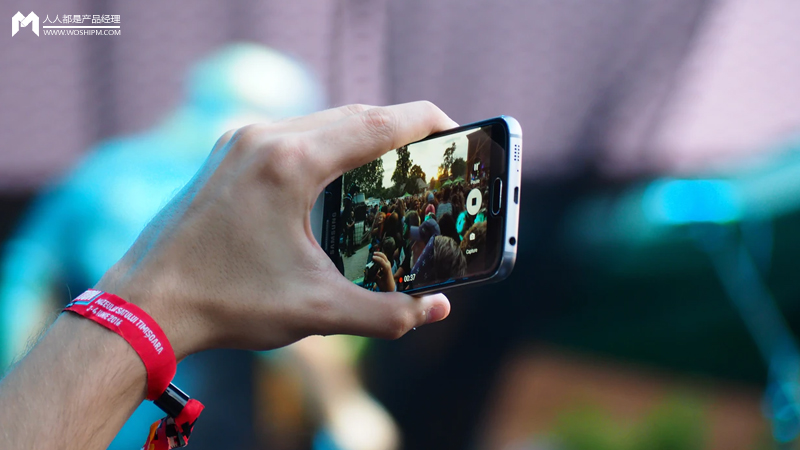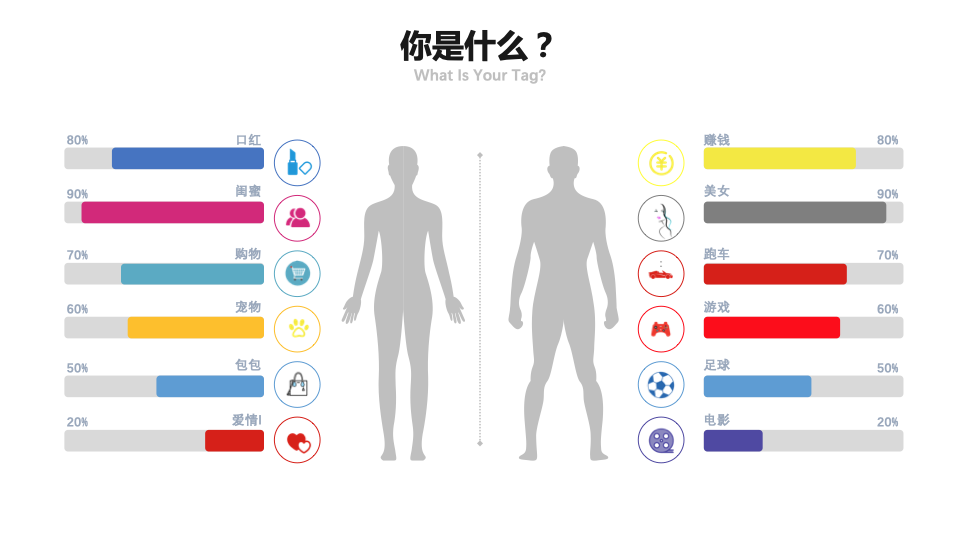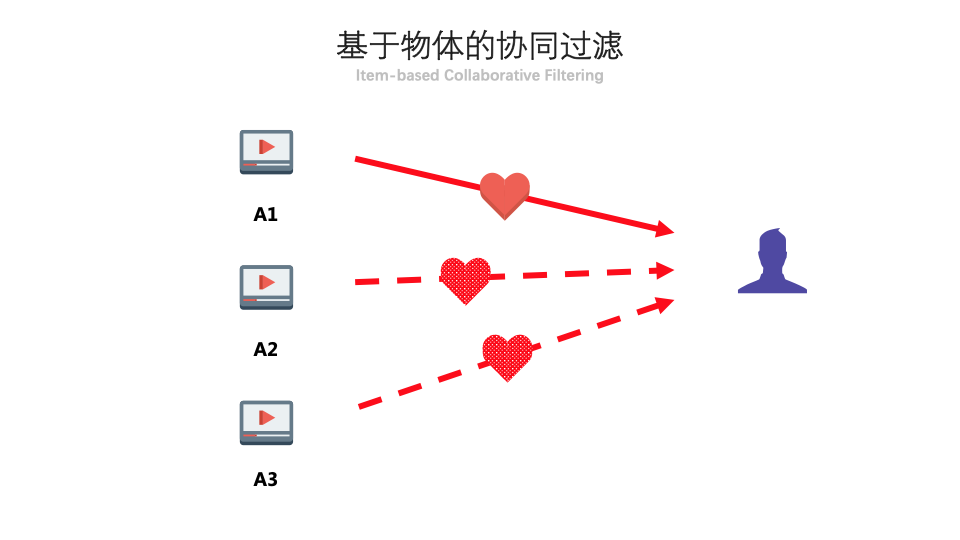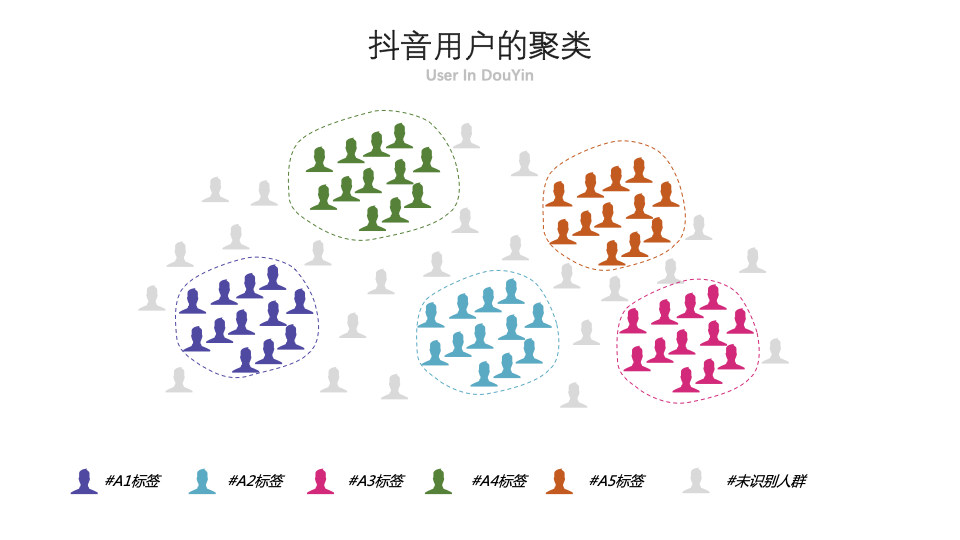How does Douyin’s recommendation strategy work? Is everything really metaphysics?
Editor’s note: This article is from “ everyone is a product manager “, Author: Hi new. The original title “ Understand this article, vibrato is no longer a metaphysics ”

Imagine standing in front of the city of the recommendation system and being pulled out of a digital body. You find a mirror to look at yourself, but you are surprised to find that your body has been combined by countless data: technology 10%, basketball 4%, history 1%, nature 0.3% …
The content of the algorithm is based on the content of the algorithm.

If you are a creator who specializes in Douyin, if you still think Douyin is a “metaphysical” app, if you cannot get stable traffic in Douyin, please read the following carefully, because it may subvert Your perception.
Speaking from the core distribution logic of Douyin
What is “Distribution”?
If the content produced by the creator wants to be seen by others, you need to place the content where the user can see it, for example, repost it to their chat box or circle of friends, or wait for the fans to click in after pushing it Look.
In the era of blog or public account, your content wants to get more exposure.There is only one, that is to get enough or good enough fans, and encourage them to repost. For a zero-start public account / blog, the only way to get exposure is for the author to post to a circle of friends, or send it to friends / groups.
This is very inefficient, because creators have very little initiative.
If the platform can help you place your content in a conspicuous place (such as the homepage of a website) or help you publish your content in front of every user, then the exposure of the content will be considerable.
-This is how Douyin distributes for you.
However, Douyin does not distribute content produced by every creator to Douyin users, which is very unrealistic. One is because there are too many content creators, even if the content is recommended to the user, the user does not have time to watch it; the other is that different users have different preferences. If a soccer-related content is recommended to a person who likes makeup In front of girls, this is very bad for girls.
This requires Douyin to use a strategy to optimize its distribution method, so that good content can be seen by more people, or users can only see the content they like.
The optimization method adopted by Douyin is called “algorithmic distribution”, and it is based on a distribution method called “collaborative filtering”.
This word is very obscure, you don’t need to remember it, just know how it works. To describe it in two simple words, “things are grouped together, people are grouped.” The two words correspond to two methods: object-based collaborative filtering and user-based collaborative filtering.
What is “object-based collaborative filtering”?
Assuming that A1, A2, and A3 are the same type of content (for example, they are all NBA related), when a user likes the A1 video, then theoretically he will also like A2 and A3. Conversely, if the user does not like (like) the two videos A1 and A2, then he should no longer recommend him A3.

Under this recommendation algorithm, when the system wants to recommend content to users, it needs two steps:
Analyze content that users have liked;
Find content similar to this and recommend it to users.
For Douyin, this method has the following troubles:
Too many videos are generated every day, Douyin needs to identify and classify each piece of content;
Video content recognition is too cumbersome. In addition to identifying the items appearing in the video screen and their relationship, you also need to identify the background music and lines of the video.
Obviously, it is extremely unwise to choose such a recommendation algorithm for Douyin, whose main content is video. Fortunately, there is a second algorithm.
What is “user-based collaborative filtering”?
Assuming that A1, A2, and A3 are the same person, they have the same preferences. If A1 and A2 like (like) a video, A3 will theoretically like it too. Conversely, if A1 and A2 did not like (like) the video after seeing it, they should not recommend this content to A3.

Under this recommendation algorithm, when the system wants to recommend content to a user, it needs two steps:
Find a target group similar to this user;
Recommend this group of users’ favorite content to this user.
You will find that there is no content at all in this recommendation algorithm. The algorithm does not need to know what a piece of content is, it only needs to see that a certain group of people like the content to put this group of people into the same group of people.
So, in this recommendation algorithm, when we look at the users in Douyin from the above perspective, one of the dimensions should be like this:

Users who like the same content are tagged with the same tag. When a video is liked by some people in this group, the system will recommend this content to other users with the tag.
Under this logic, the spiral recommendation, raising the number, and sending it again will be hot.